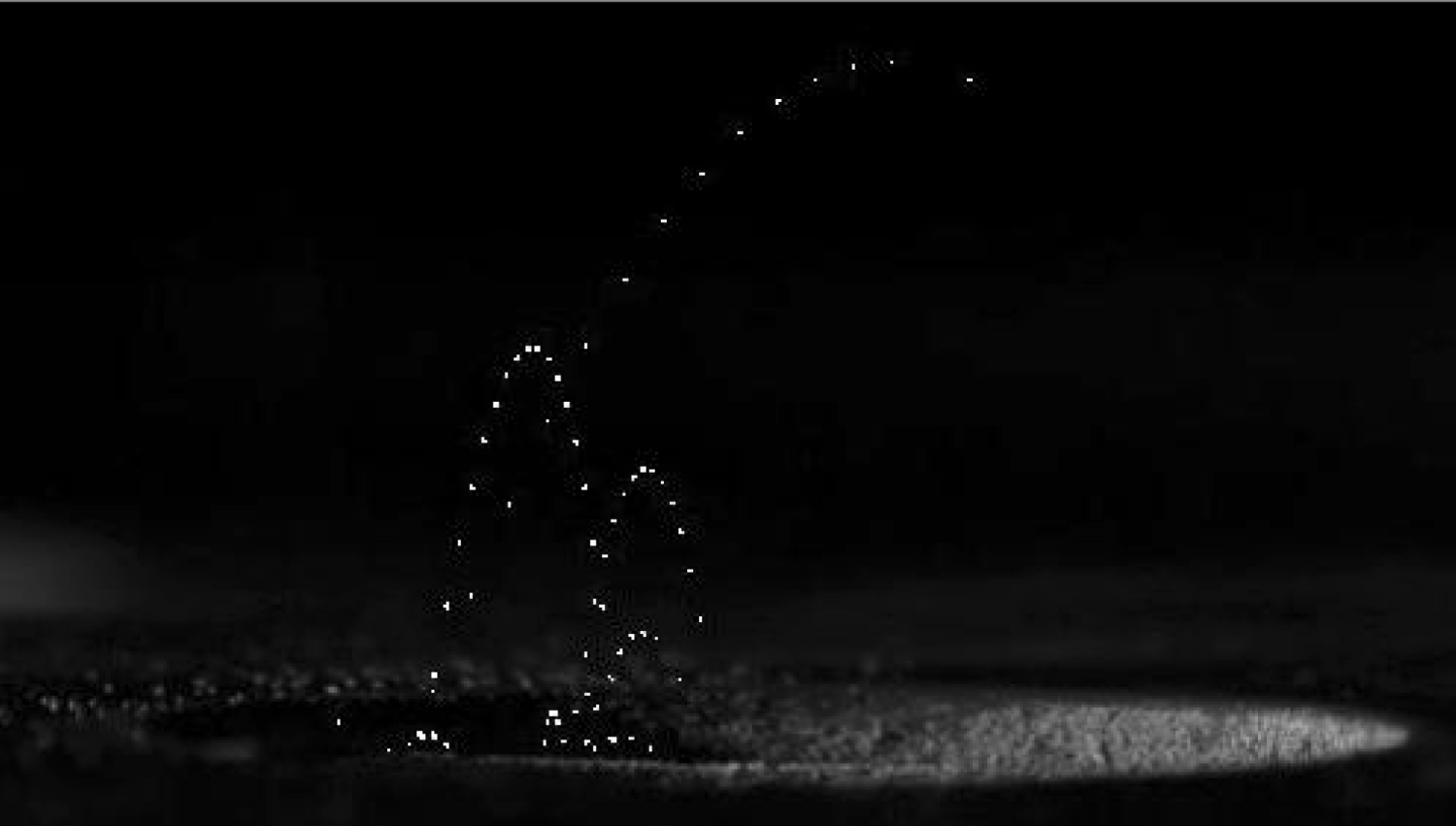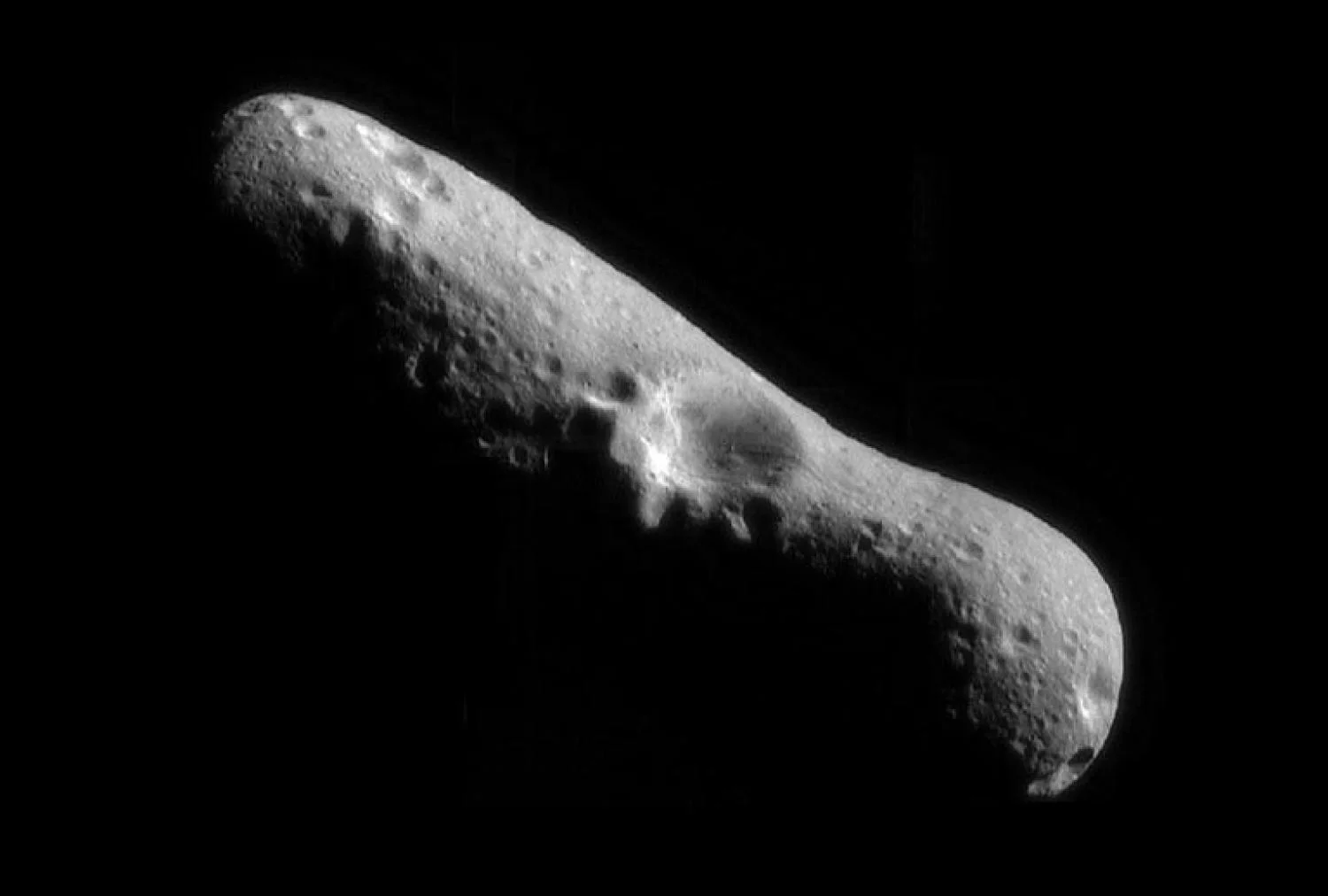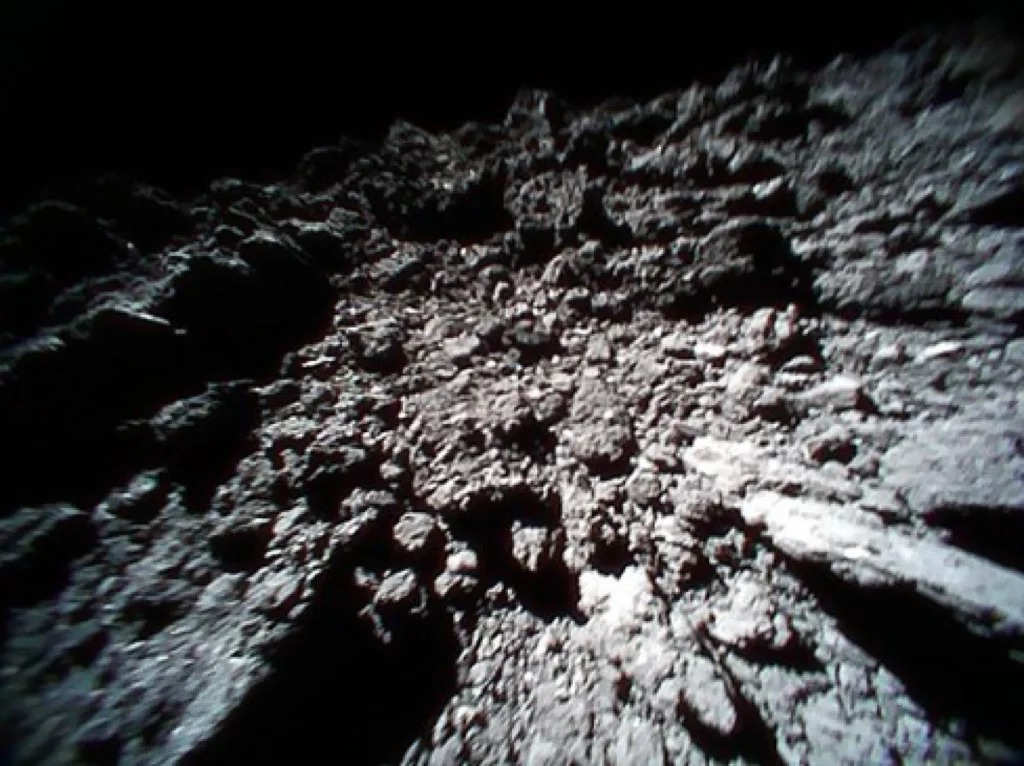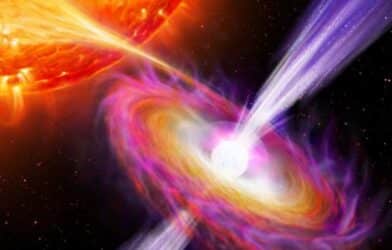What does popcorn and asteroids have in common? Physicists from Colorado University Boulder say tiny grains of dust hop around on the surface of asteroids like popcorn popping in a frying pan.
The hopping effect cleans up smaller asteroids, causing them to lose dust and look rough and craggy from space. Researchers are hoping their findings will help better understand how asteroids change shape over time, and how these asteroids come dangerously close to Earth.
“The more fine-grained material, or regolith, these asteroids lose, the faster they migrate,” says study co-author Hsiang-Wen (Sean) Hsu, research associate at the Laboratory for Atmospheric and Space Physics, in a statement.
CU Boulder physicists were first inquisitive of this asteroid dust hopping after the NASA spacecraft OSIRIS-REx traveled more than 1 billion miles to rendezvous with the asteroid Bennu. Scientists were surprised what they found on this asteroid’s surface — it looked like rough sandpaper and wasn’t smooth and dusty like researchers predicted. They also discovered boulders the size of trucks scattered over Bennu’s exterior.
Hsu believes forces akin to static electricity are kicking the smallest grains of dust off the asteroid and into space, leaving only larger rocks behind.
“We’re realizing these same physics are occurring on other airless bodies like the moon and even the rings of Saturn,” explains study co-author Mihaly Horanyi, a researcher at the Laboratory for Atmospheric and Space Physics and professor of physics at CU Boulder.

Asteroids like Bennu, which is as tall as the Empire State Building, are constantly spinning, exposing their surfaces to sunlight, then shadow and sunlight again. This constant heating and cooling cycle puts a strain on the largest rocks at the surface, causing them to crack.
“It’s happening every day, all the time,” says Hsu. “You wind up eroding a big piece of rock into smaller pieces.”
Before the discovery on the Bennu asteroid, a Japanese space mission landed on a second small asteroid called Ryugu, and found a similarly rough and craggy terrain.
In a process called “electrostatic lofting,” negative charges build on small grains of dust as the sun’s rays bathe patches of porous regolith. Those charges accumulate until the particles instantly burst apart. The grains of dust can pop away at speeds of more than 20 miles per hour.

“No one had ever considered this process on the surface of an asteroid before,” says study co-lead author Xu Wang, a research associate at the Laboratory for Atmospheric and Space Physics.
For their study, researchers ran a series of calculations examining the physics of regolith on two hypothetical asteroids. One of the hypothetical asteroids was about a half-mile across (like Ryugu) and the second was several miles wide (like Eros). Researchers tracked how dust might form and how it would hop around over hundreds of thousands of years.

On the bigger asteroid, grains of dust couldn’t gain enough speed to break free of its gravity when it jumped. However, the same wasn’t true on the smaller asteroid.
“The gravity on the smaller asteroid is so weak that it can’t hold back the escape,” says Hsu. “The fine-grained regolith will be lost.”
The loss of the fine-grained regolith exposes the surface of the asteroids to more erosion, leading to a boulder-rich scenery. “Within several million years, in fact, the smaller asteroid was almost completely swept clean of fine dust,” the media release reads. The larger asteroid did stay dusty.
Hsu believes asteroids covered in boulders may hove faster than those with a dustier appearance.
The study is published in the journal Nature Astronomy.














Score one more for the Electric Universe Theory and one more nail in the coffin for the status quo’s “explosions and collisions only” theory.